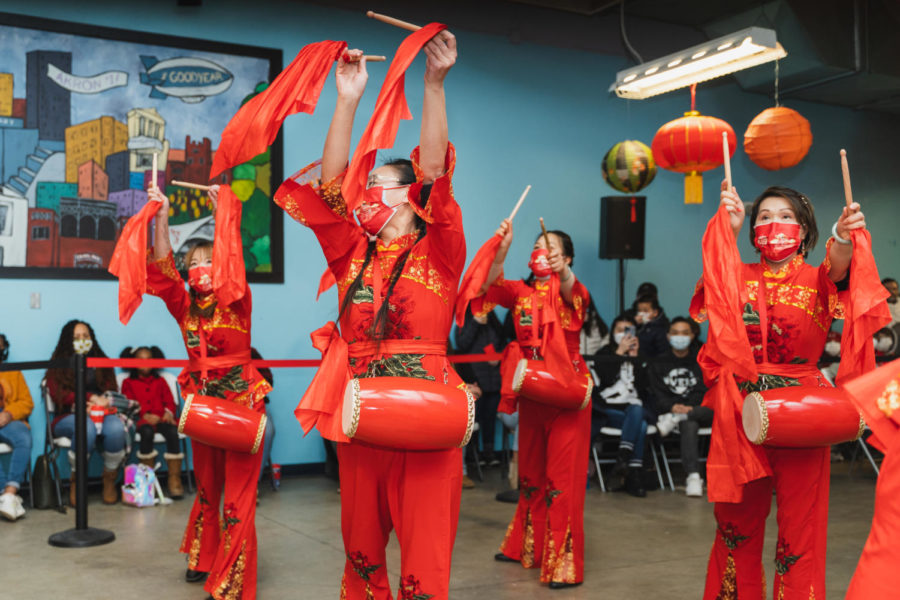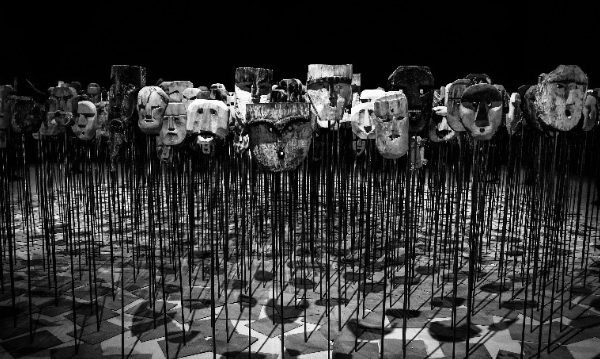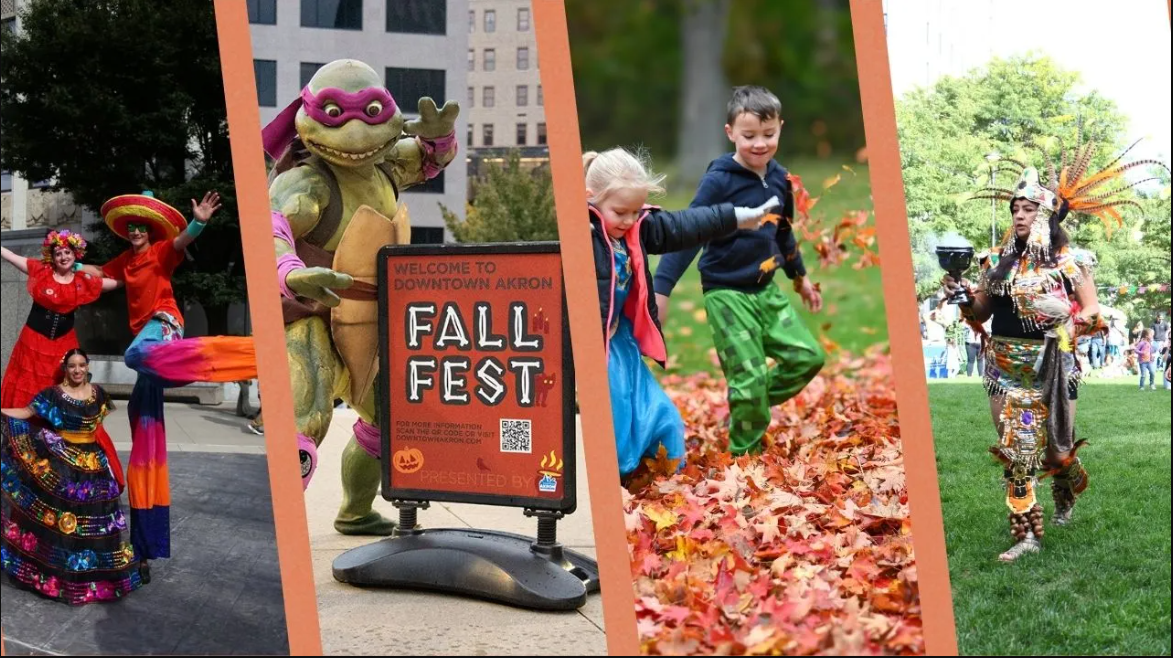A Deeper Look: The Fifteen Days of (Lunar) New Year
February 19, 2023
New Year’s in Western culture is celebrated Dec. 31 to Jan.1 to ring in the new year. Usually, people join their families and friends for festivities including parties, countdowns, and new year’s resolutions.
The timeline and traditions in Chinese culture differ from western culture.
The Buchtelite reported from the Downtown Akron Partnership Lunar New Year 2023, which inspired this contributor to take a deeper look at the holiday.
According to Akron Public Schools Mandarin Chinese teacher, Qing Liang, the Lunar New Year lasts for fifteen days, and each day is observed in a unique way. One example that Liang shared demonstrated the family-focused nature of the culture.
“The family traditionally stay home on the second day,” Liang said. “Day five is celebrated by lighting incense to invite the Chinese money god, Cai Shen, into our homes. This tradition brings good luck.
The last day of the Lunar New Year is the Lantern Festival. The Fireworks at Lock 3 on Jan. 28, were only one piece of the Lunar New Year celebration.
During the Lantern Festival, there a variety of dances performed: the lion, dragon, bamboo and umbrella dance.
According to Liang, dragon, and bamboo dances are used to ward off evil spirits. These dances tend to use a lot of noise. Traditionally, the lion dance is meant to scare away a monster that eats the villagers. This creature is afraid of loud noises and the color red.
The bamboo dance is performed during the opening of a business to fend off evil spirits, but is more of a Korean custom according to Liang.
As for the umbrella dance, umbrellas were once unobtainable for most of the population and their exclusivity at the time is what makes this dance a demonstration of wealth.
Martial arts are also performed at the Lunar Festival as they are believed to embody strength, power, and hard work.
The Chinese celebrate the new year later in Jan. or into Feb. The Chinese use the lunar calendar which is almost a month behind the Gregorian calendar used in the United States. This year, 2023 is the Year of the Rabbit. The rabbit represents kindness, compassion, and elegance. For more information on the sign of the rabbit, visit Year of the Rabbit: 2023 Fortune, Chinese Zodiac Rabbit.

Many Chinese individuals observe a similar holiday in Sept. known as the Moon Festival. What is the difference between the Lunar New Year, and the Moon Festival? “It is difficult to explain to someone of a different culture,” Liang said. “Basically, the lunar new year is a more in-depth celebration.”
The Moon Festival holiday is celebrated in honor of Chang’e, the moon goddess who lives on the lunar surface with a rabbit. On this day, people eat Moon cakes and pies. The round shape of the pastries represents “togetherness.”
To learn more about the lunar new year, and other aspects of Chinese culture, visit: Chinese Culture, Customs and Traditions (A Complete Guide) (chinahighlights.com).












